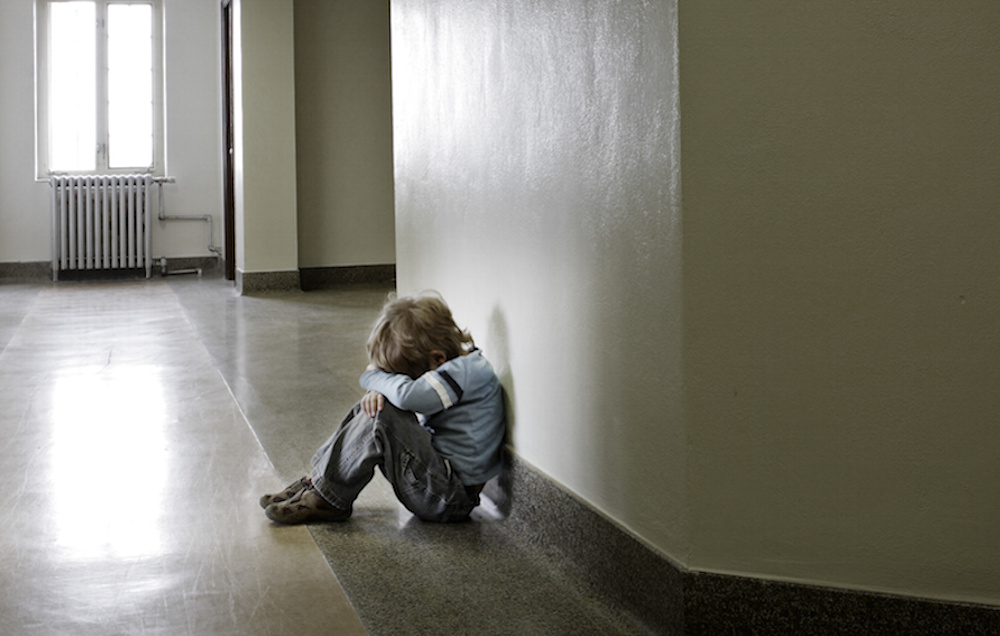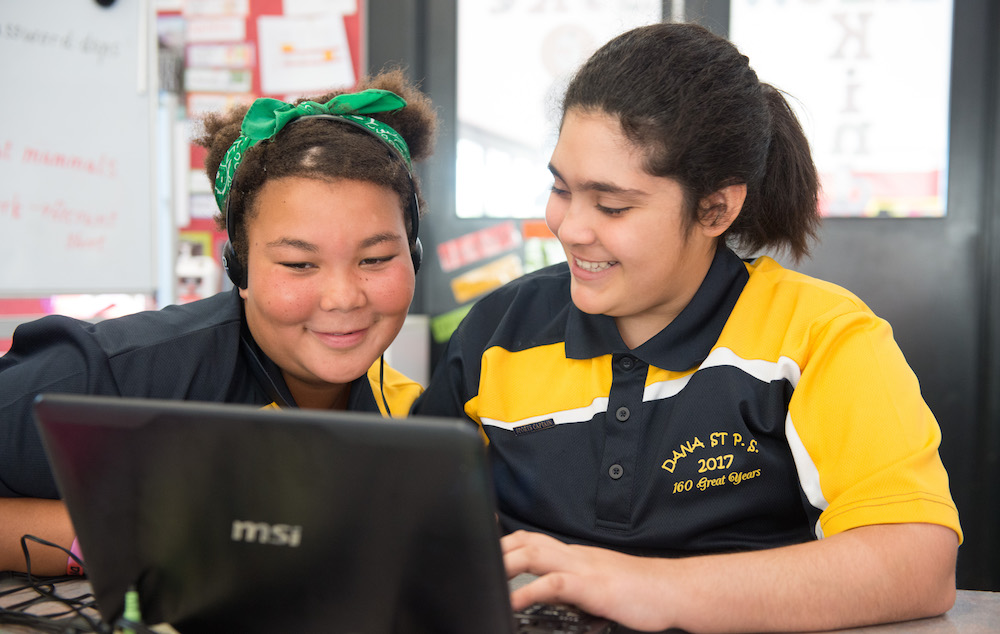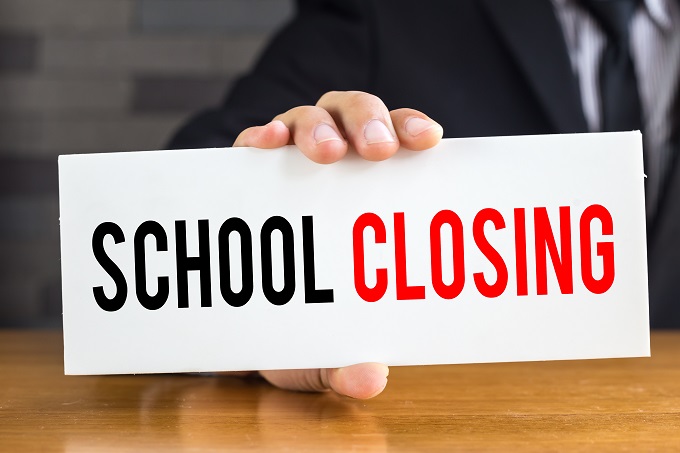Expert teachers new ingredient in curriculum reform

A new network of more than 200 expert teachers have been assembled by the NSW Government to support the curriculum reform currently underway.
The selected teachers will ensure the new NSW curriculum delivers on the goals of the reform including which include streamlining course content, building stronger foundations, and providing more time for teaching.
Minister for Education Sarah Mitchell said the expert teachers come from across NSW and will use their knowledge to sense check draft syllabuses and associated teaching materials.
“Streamlining and updating the curriculum is more than just removing content – the curriculum needs to be ‘teachable’ in the classroom, and so as to enable teachers to meet the needs of their students,” Ms Mitchell said.
“Deploying these teachers is another step by this government in making sure that our schools and teachers are supported to teach core content in-depth, which will help to deliver improved student outcomes.
“The work these expert teachers do over the next four years will directly embed teachers’ perspectives into the curriculum reforms.”
Ms Mitchell said that it has been 30 years since NSW had made significant curriculum reforms.
“Our education system is one of the largest in the world. That means change is challenging. But it also means that change is exciting as we improve our education system for an evolving society and economy. Listening to teachers is crucial in getting this right.
Ms Mitchell said that an important message from the review and community feedback was the need to give teachers the flexibility to meet the needs of every student.
“These reforms come with an ambitious timeline for a reason: they are vital. This is our chance to work together on an education system that meets the needs of every child. To shape a curriculum that, no matter where they live or which school they attend, prepares young people for an exciting, ever-changing world,” Ms Mitchell said.
“While we will be retaining a year and stage-based syllabus, by streamlining and decluttering we will give teachers far more bandwidth and flexibility to teach students at various stages.
“The curriculum reforms align with our Regional and Remote Education Strategy, helping regional teachers provide the best education for their students, building a stronger and safer regional NSW.”
Teachers have been drawn from a wide range of schools, including rural, regional and metropolitan schools, across the three sectors.







